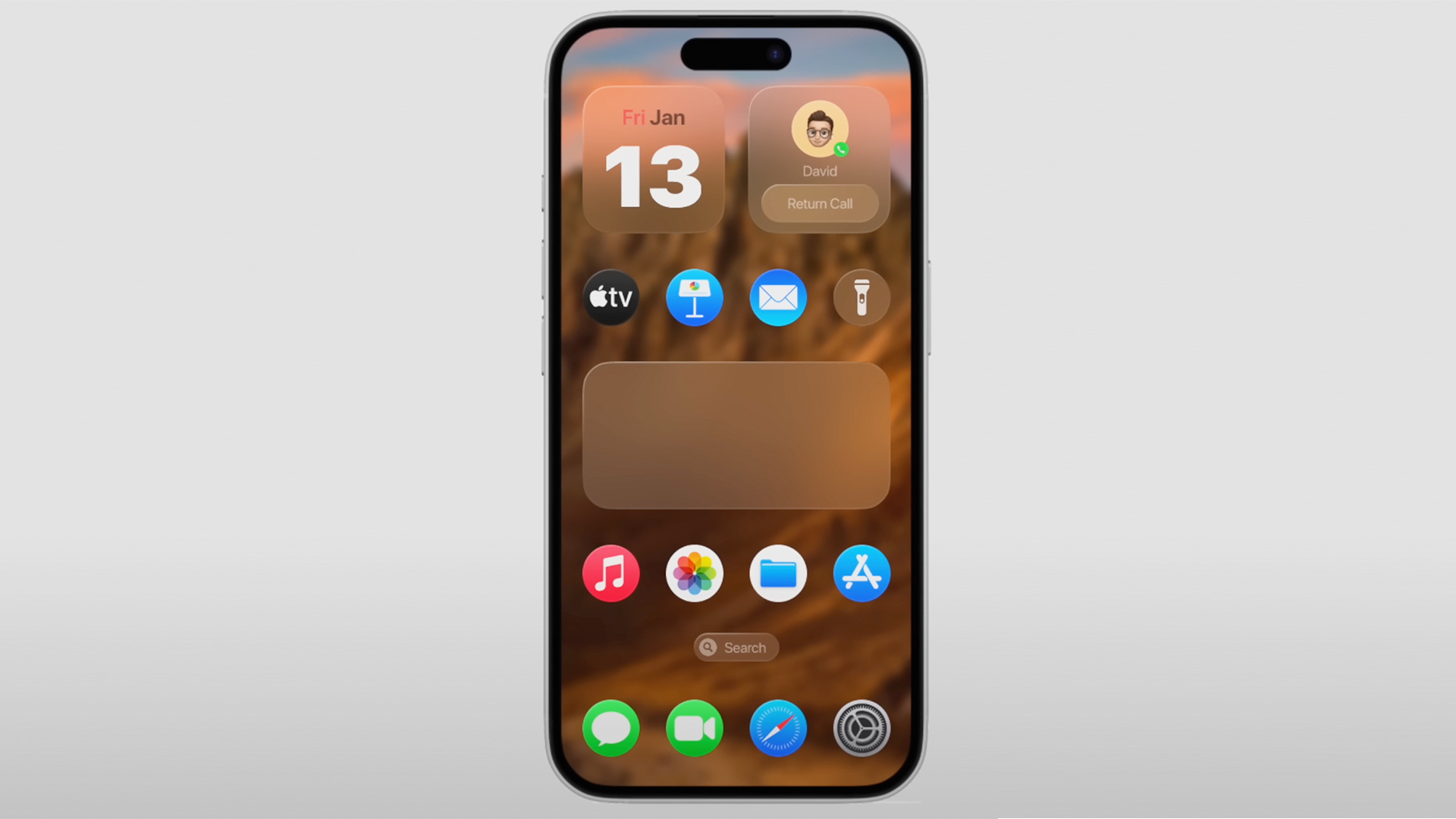By Matt Cayless
E-commerce CTRs drop; smart brands adapt with new SEO strategies
I’ve worked in SEO for over a decade, and I can say with confidence: ecommerce brands have never had it tougher than they do right now when it comes to organic visibility.
Not because SEO is dying, but because the SERP (Search Engine Results Page) is undergoing a major transformation, whether we like it or not.
In 2024, we’ve seen a major shift in how search works. AI Overviews, Shopping Ads, and rich Google SERP features are no longer just experimental additions, they’re dominating the search experience, particularly on mobile.
Recent data from AccuRanker confirms what many in the industry have felt for months: ecommerce click-through rates (CTR) for organic results are nosediving, especially for high-intent transactional keywords.
The good news?
There’s still a path forward, but it requires e-commerce brands to rethink their approach to SEO completely.
In this article, I’ll break down what’s happening to organic traffic, why traditional SEO tactics are losing ground, and four ways ecommerce brands can adapt to stay visible and competitive.
The data: CTRs are down, especially on mobile
AccuRanker’s latest white paper examined how organic listings perform across various devices and user intents. The findings were stark:
1. CTR for transactional keywords is down across the board, with mobile suffering the biggest drops.
2. Even in the absence of paid ads, rich SERP features, such as “Popular Styles,” “Shop the Look,” image carousels, and AI Overviews, dominate the top of the page.
3. On mobile, organic CTRs are up to 50% lower than desktop for the same keywords.
In short, ranking #1 still has huge value, it just doesn’t guarantee the same volume of clicks it once did.
The rise of zero-click search, where users get answers directly within Google’s interface, means that even top-performing organic listings are seeing reduced traffic, not because SEO is ineffective, but because more users are engaging with SERP features before ever scrolling.
Why e-commerce SEO is under pressure
1. AI overviews are reducing the need to click
Google’s AI Overviews, which have now rolled out globally, are designed to answer user queries instantly, often pulling product suggestions from the Google Shopping Graph or summarizing content from multiple sources.
For informational or top-of-funnel searches (e.g., “best hiking boots for wet weather”), this used to be prime SEO real estate. Brands would publish buying guides or product roundups and earn high CTRs.
Now?
AI Overviews often display product suggestions directly in the search result, removing the need to visit a third-party site entirely.
2. Google Shopping is consuming the SERP
Google Shopping Ads and organic Shopping features are everywhere, even when you don’t pay for them.
SERP features like:
- Shop the Look
- Popular Stores
- Popular Styles
- Image Product Carousels
…are now appearing even when no paid Shopping Ads are present. They pull directly from merchant feeds and product schemas, providing Google with a visually rich, shoppable experience and reducing the likelihood that users will need to visit traditional listings.
This means traditional organic category and product pages are often buried below these features, especially on mobile, where screen real estate is limited.
3. SERP features create more competition for attention
Google’s obsession with rich features means your listing isn’t just competing with other brands; you’re competing with Google itself.
Here’s a rough example of what now appears above most organic ecommerce listings:
- Google Shopping Ads
- “Popular Stores” carousel
- AI Overview summary
- “Shop the Look” grid
- “People Also Ask” box
- Image product packs
- Youtube videos
Each one reduces the chance of a user clicking through to your site, even if you’re sitting at position #1.
What can e-commerce brands do about it?
So, how do you fight back when Google keeps pushing your organic listings further down the page?
Here are four core strategies we’re implementing with ecommerce clients right now that are helping them remain visible and competitive in an AI-dominated SERP:
1. Leverage digital PR to boost brand recognition and CTR
With organic visibility declining, brand recognition is more important than ever.
When users see your name in a cluttered SERP, familiarity can be the difference between a scroll and a click. And that’s where Digital PR comes in.
Digital PR isn’t just about backlinks, it’s about building authority and visibility across trusted publications and media outlets. These mentions not only enhance your brand strength but also increase brand recall when users encounter your listing in search results.
Action steps:
– Secure top-tier backlinks and mentions in industry publications.
– Promote branded content on platforms your audience trusts.
– Ensure that when your site does appear in search, users recognize and trust the brand enough to click.
2. Build digital authority outside of Google
This is the era of Digital Authority PR, where it’s not just about where you rank, but where else you show up that influences both human behaviour and algorithmic trust.
Google’s AI Overviews and LLM-powered tools, such as Gemini, Chatgpt, and Perplexity, rely heavily on high-authority, frequently cited web content to generate responses. That includes trusted blogs, media outlets, and other widely referenced sources that are publicly accessible.
Brands that appear in well-cited articles, contribute expert commentary, or are mentioned on platforms with crawlable transcripts, like YouTube videos with descriptions, Reddit threads, or podcast blogs, increase their chances of being referenced by AI tools in the future.
If your brand is absent from these ecosystems, you may not show up in AI-generated responses, even if you rank well in traditional search.
Action steps:
– Get featured on niche podcasts, relevant YouTube channels, and Reddit threads.
– Contribute expert commentary to high-authority blogs and newsletters.
– Create thought leadership content that answers key audience questions, content that LLMs might pull into future AI Overviews.
3. Optimize for SERP features — not just rankings
It’s no longer enough to optimize for keywords. You need to optimize for the features Google is displaying.
That means treating your product feed and structured data with the same care you give your on-page SEO.
Action steps:
– Keep your Google Merchant Centre feed up to date. Product titles, descriptions, availability, pricing, reviews, and images all influence whether you appear in organic Shopping features.
– Implement a comprehensive product schema, including price, availability, reviews, and brand information.
– Use the FAQ schema carefully; it’s less likely to impact AI Overviews now, but still useful for People Also Ask boxes.
– Ensure your site loads quickly, looks clean on mobile devices, and features rich media (e.g., lifestyle product photos).
Optimizing for these SERP features gives you multiple entry points into the search experience, not just the traditional 10 blue links.
4. Shift from lead capture to demand generation
With fewer clicks available, you can’t just wait for users to search and find you; you need to create demand.
This involves building awareness through paid social, influencer marketing, and content campaigns that encourage users to search for your brand directly or convert through other channels.
Action steps:
– Use paid social media to promote new product launches and seasonal offers.
– Partner with creators and influencers to drive awareness.
– Nurture audiences through email and remarketing to bring them back, even if the initial discovery wasn’t from Google.
SEO is no longer the sole driver of e-commerce growth. It’s part of a larger demand generation ecosystem.
The AI search shift is just beginning
Currently, Google dominates the search market, but the rise of AI-powered tools is reshaping the playing field.
While SparkToro data shows that tools like Chatgpt haven’t yet displaced Google for consumer searches, we’re seeing early signs that users are increasingly relying on AI tools for discovery and research, particularly for complex or multi-step decisions.
That means now is the time to future-proof your presence. By showing up in trusted places, publications, podcasts, and social conversations, you increase your brand’s visibility in LLM training data and improve your odds of inclusion in AI-generated content.
The brands that adapt early will build long-term authority that can’t be gamed or reverse-engineered overnight.
Final Thoughts: SEO Isn’t Dead — But the Playbook Is
Yes, e-commerce click-through rates are declining, and yes, organic rankings don’t deliver what they used to.
But this isn’t the end of SEO. It’s a sign that SEO needs to evolve.
The brands winning today are doing more than optimizing their websites. They’re building authority, showing up in high-trust ecosystems, and future-proofing their visibility for an AI-driven future.
SEO in 2025 isn’t just about where you rank. It’s about where you’re recognized.
We’ve featured the best online marketing service.
Feature Image credit: One Photo / Shutterstock
This article was produced as part of TechRadarPro’s Expert Insights channel where we feature the best and brightest minds in the technology industry today. The views expressed here are those of the author and are not necessarily those of TechRadarPro or Future plc. If you are interested in contributing find out more here: https://www.techradar.com/news/submit-your-story-to-techradar-pro




